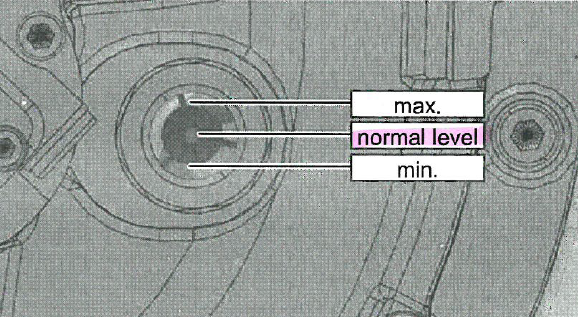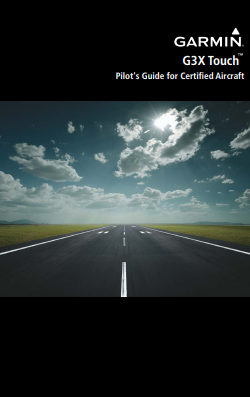Va – aka design maneuvering speed: the maximum speed at which full or abrupt control movements may be used without overstressing the airframe is becoming more important again now that warmer air will inevitably lead to more turbulence.
The moment things get bumpy, make sure you slow down to or below Va for the weight of your flight – which is likely less than max gross weight, meaning that the Va you should not exceed is also less the one on the panel:
- C172 Va : in case of doubt reduce power and slow down to <= 90!
- 2,250 lbs: 105 KIAS
- 2,200 lbs: 98 KIAS
- 1,900 lbs: 90 KIAS
- DA42 Va : in case of doubt reduce power and slow down to <= 120!
- Above 3,400 lbs: 126 KIAS
- Below 3,400 lbs: 120 KIAS
Here is what happened to an aircraft that crossed a front, and suddenly hit turbulence well above Va:


